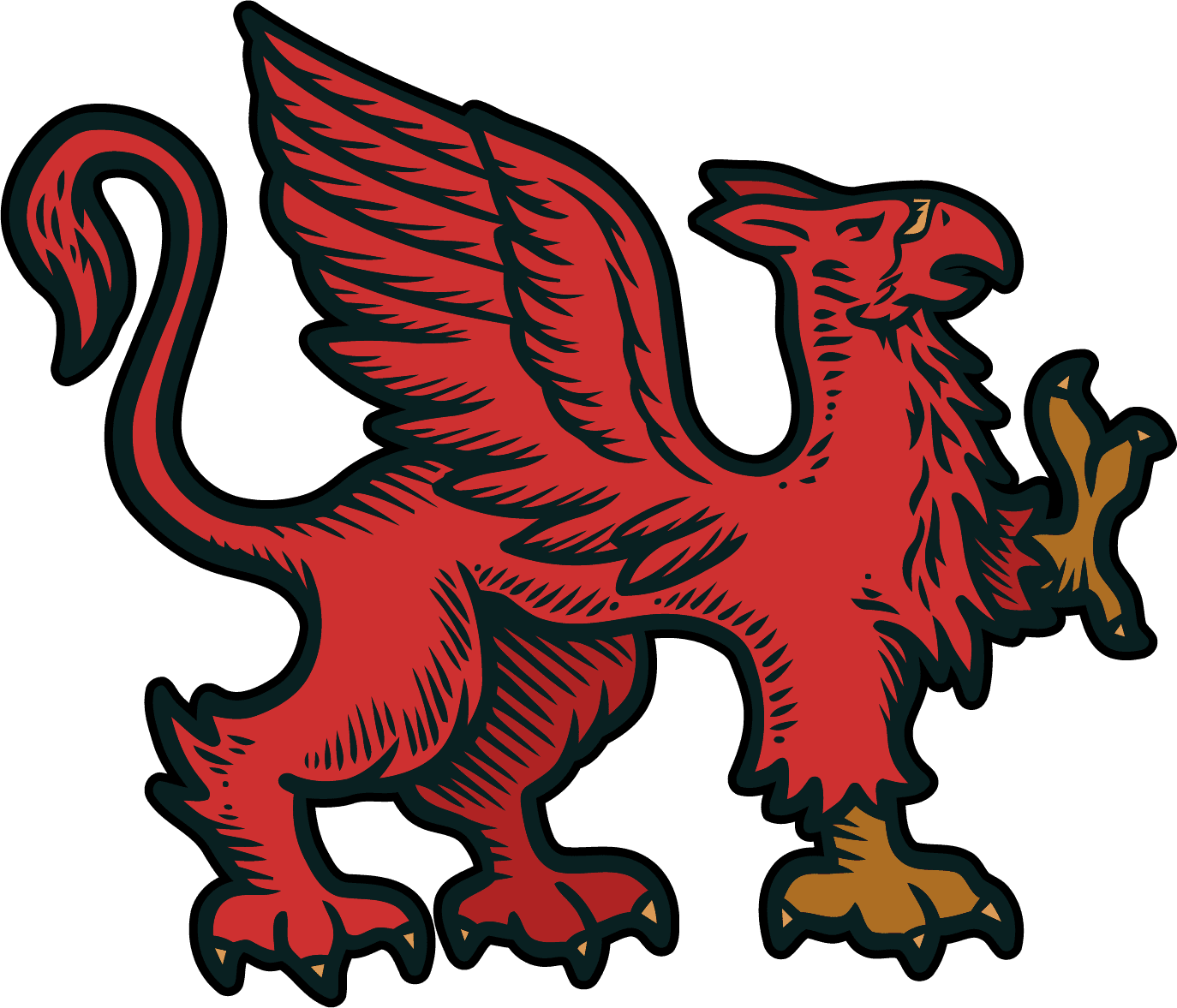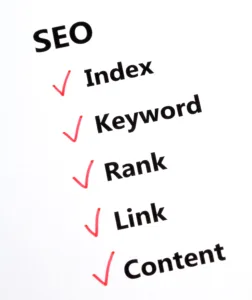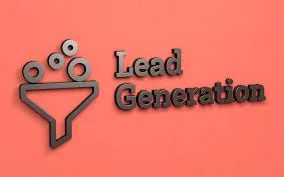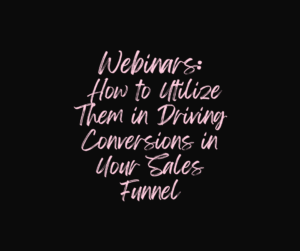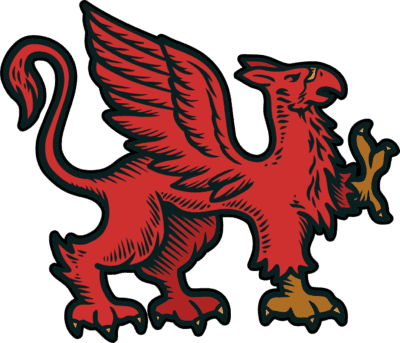Welcome back to the SEO Bootcamp, where we dive deep into the world of search engine optimization. In this installment, we’ll focus on an essential aspect of on-page SEO—optimizing your website’s meta titles and descriptions. These elements might seem small, but they play a significant role in improving your website’s visibility and click-through rates on search engine results pages (SERPs).
The Significance of Meta Titles and Descriptions in Optimization
Before we delve into the nitty-gritty of optimization, let’s understand why meta titles and descriptions matter. When someone enters a query into a search engine, the results that appear on the SERP include titles and brief descriptions for each webpage. These titles and descriptions provide users with a snapshot of what a webpage is about.
- Improve Click-Through Rates: A well-crafted meta title and description can entice users to click on your website’s link. It’s your opportunity to make a compelling pitch and stand out from the competition.
- Enhance Relevance: Search engines use meta titles and descriptions to determine the relevance of a webpage to a user’s query. Optimized titles and descriptions can lead to higher rankings.
- Boost User Experience: When users find what they’re looking for quickly and easily, it enhances their overall experience. Well-optimized meta tags contribute to this.
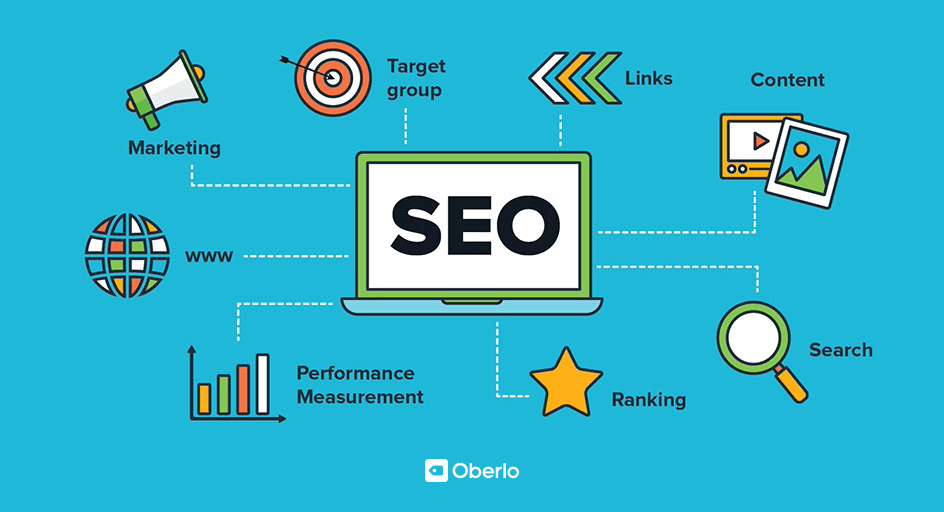
How to Optimize Meta Titles
1. Keyword Research: Begin by identifying relevant keywords for each page of your website. Use tools like Google Keyword Planner to discover search terms that align with your content.
2. Unique Titles: Each page should have a unique meta title. Incorporate the primary keyword for that page naturally into the title.
3. Title Length: Keep your titles concise and under 60 characters to ensure they display correctly on SERPs.
4. Compelling and Informative: Craft titles that are not only keyword-rich but also compelling and informative. Tell users what they can expect from your page.
5. Brand Mention: Include your brand name when relevant, especially on key pages like the homepage.
How to Optimize Meta Descriptions
1. Unique Descriptions: Just like titles, each page should have a unique meta description. Make sure it accurately reflects the content.
2. Keyword Integration: Include your target keyword(s) naturally in the meta description. Google often highlights these keywords, which can draw more attention.
3. Conciseness: Keep your descriptions under 155-160 characters to prevent them from being truncated on SERPs.
4. Call to Action (CTA): Add a compelling CTA to encourage users to click. Phrases like “Learn More,” “Discover,” or “Get Started” can be effective.
5. Relevance: Ensure that your meta descriptions are directly related to the content of the page. Misleading descriptions can lead to a higher bounce rate.
Tools to Simplify Optimization
To make the process of optimizing meta titles and descriptions easier, consider using SEO tools like Yoast SEO, Moz, or SEMrush. These tools provide real-time feedback and recommendations as you write and edit your meta tags.
Conclusion
Optimizing your website’s meta titles and descriptions might seem like a minor task, but it can have a significant impact on your SEO efforts. By following the guidelines outlined in this SEO Bootcamp installment, you’ll be well on your way to improving your website’s visibility and attracting more organic traffic.
Stay tuned for the next part of our SEO Bootcamp, where we’ll dive deeper into the world of search engine optimization techniques and best practices. Until then, happy optimizing!
